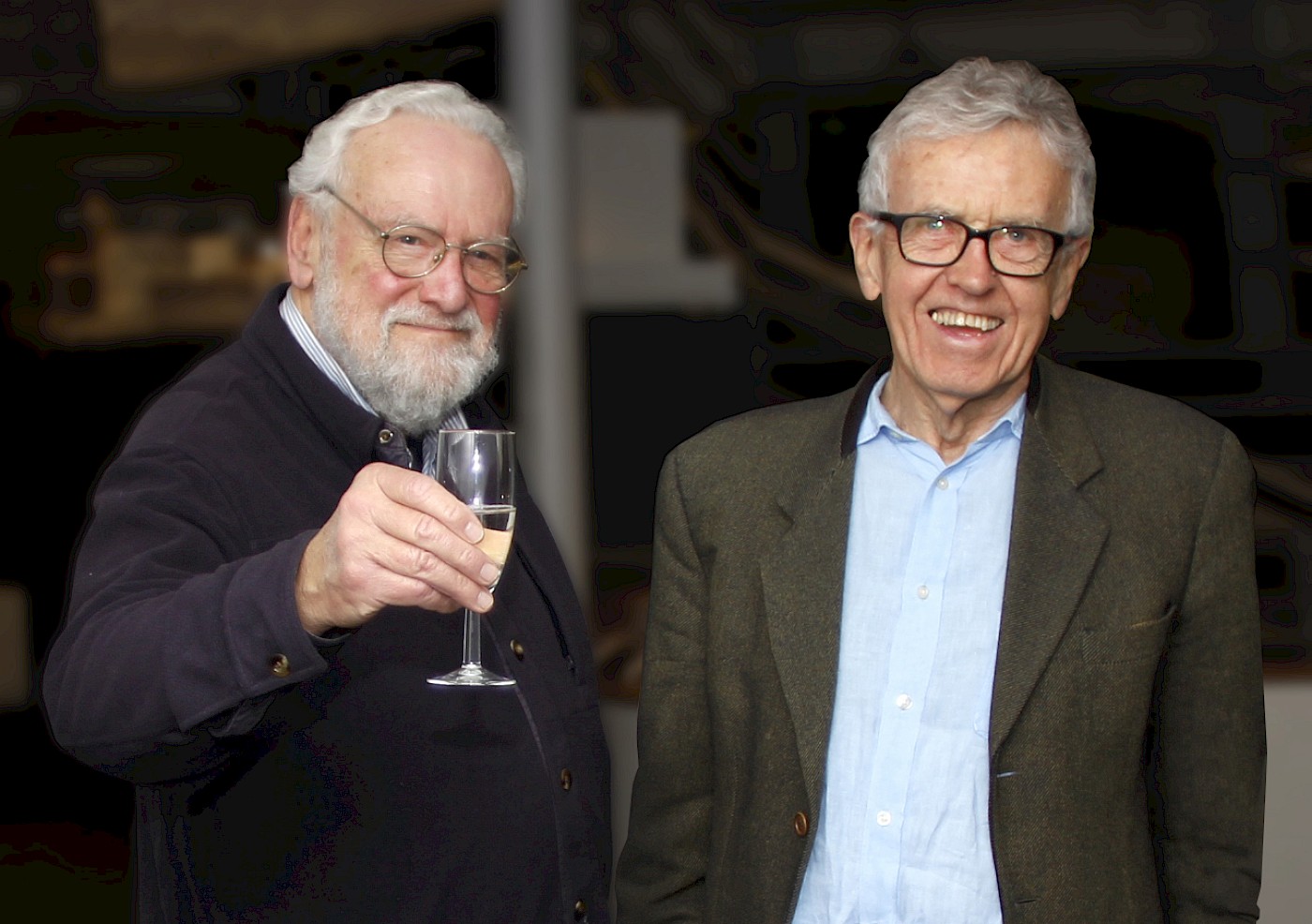
On Friday 20th June, David Levitt received the AJ100 Contribution to the Profession award in recognition of his outstanding commitment to housing and architecture. David’s acceptance speech is written below:
After discharge from the infantry at the end of WW1 my father wanted to be an architect, teaching himself by correspondence and then set himself up with a small practice between the wars mainly doing small-scale domestic projects.
It was his dream that I should go to Cambridge and then follow him into his practice.
But this was the time of Cathy Come Home, a time when bad landlords such as Peter Rachman had achieved significant publicity The injustice of bad housing was there for all to see. My fifth year thesis at Cambridge was based on dilapidated housing in Kentish Town. In this I had been encouraged by Patrick Hodgkinson, who had devised such a scheme for Leslie Martin, but which had not gone ahead.
So, in around 1968, together with David Bernstein, I was working on the Brunswick Centre (then known as the Foundling Estate) when without any warning the work came to an abrupt halt, (Rachmanism again) and the team of five architects was effectively laid off. This led David and I to two small rooms hidden above the Garrick Club, and to start Levitt Bernstein.
There was a new charity, called Shelter, founded by the Reverend Eamonn Casey and others, which believed that ‘home is a human right’. It seemed to David and I, as now-unemployed architects interested in social housing, that there was an opportunity for architects to show how crumbling Victorian properties with absentee landlords could be brought up to a good standard and with reasonable rents. I had been interested in the financing of housing associations on a very small scale and so David and I approached Shelter, who to our great surprise provided a grant for the refurbishment of one or two street properties dotted around North East London.
And so Circle 33 was born. I came up with the name one evening sitting on the floor of David and Beverley Bernstein’s flat. It was named after the 32 London Boroughs plus the City of London, because we didn’t exactly know which Borough we would be working in!
Extraordinary though it may seem now, if you bought a Victorian house in any city, you could pretty much guarantee that the Local Authority would give you a grant. It was a combination of such a grant and the grant from Shelter that enabled Circle 33 to develop its first houses; one of those early projects was a then rather depressing terrace in now-very-expensive Primrose Hill.
I am very surprised, delighted and honoured, of course, to have been singled out for this award, especially since there are at least a dozen or so architects and former competitors in this room who I would have personally singled out ahead of me , had I been offered the opportunity to do so.
However, I know that what I have to say will be endorsed by them, because I want to take this opportunity to talk about the present and one of the many challenges which face today’s practices.
After one or two spectacular cost overruns on publicly funded housing projects (for example, how many here remember the “Housing Cost Yardstick”?), after the 1979 election, Margaret Thatcher decided that if we had to have any Council Housing at all (in her view, preferably not) the contracts would no longer be led by the architects who designed them, but ultimate responsibility should be passed to the new generation of ‘project managers‘ and contractors.
I remember, at a reception to celebrate completion of the Millennium Dome, coming upon one singularly successful housebuilder, whom I had known previously as a contract manager, who said to me:
“You guys should stick to the things you are good at.”
“And what might that be?” says I.
“Getting planning consents, and leave all the rest to us”, was his response.
A legacy of the 1979 approach to the procurement of architects still remains today, where a large proportion of the successful architect’s design fee is often unnecessarily used by each competing architect attempting to secure their appointment – money which could have been better used to enhance the quality of the project by more intelligent selection of the design team.
One little anecdote: some years ago now, an ‘enlightened’ ‘not for profit’ developer decided to try out one of the ‘modern methods of construction’ which were being trialled elsewhere. Cost was crucial and so a limited competition was chosen as the preferred procurement method for selecting the contractor.
The idea was to try ‘volumetric’ construction of small flats in a three to five storey block on a sloping inner-city site using timber frame volumetric construction. Our client won the competition and the contractor was instructed to assemble a construction team including cost consultant, structural and mechanical engineers as as well as the design team of architects, but with the latter working only in a limited capacity.
It was agreed, in order to save money, to exclude the architects from providing any further service apart from landscape. The site was over a hundred miles from the timber frame factory and it was decided that each completed unit should be dispatched by road and assembled one above the other.
When the time for assembly arrived, by some clerical error the flats intended for the lower floors, which had more timber in their construction to carry the extra loads from the top, were installed at the top, while those for the upper floors found themselves at the bottom.
Only when there was structural movement on the lower floor, like doors and windows that no longer fitted, was the fatal error discovered!
Years of litigation followed between the contractor, their insurers and the building owner, while the building remained an unoccupied shell until eventually it was repaired and sold.
One final point on the cost of competitive tendering. Time was when commissions for publicly funded projects were handed out on the basis of little more than an interview and who you knew (this scandalous procedure, once exposed, was replaced by the present verifiable process).
Specification requirements and drawings were sketchy and there were mandatory minimum scale fees which saved the agonising process of having to work out how much to charge.
Since then, tendering has become much more formal, and the introduction of CAD and visualisation software, has meant that competitors feel the need to provide, at their own expense, an almost unlimited amount of design work in order to win, the cost of which eventually has to be found from whatever fee they are able to negotiate. Surely, when it is such a struggle to get good housing built today, this wasteful and costly process, with layer upon layer of added bureaucracy and burden upon competing architects and often also the multi-disciplinary teams they lead, cannot be the best use of our profession’s time, skill or money.
So in accepting this wonderful award, I feel a huge sense of gratitude to all those who have worked with me at Levitt Bernstein, some of whom – like David himself - are no longer with us
I feel proud of our collective endeavour as a practice and the fulfilment of the people-led design process. I am still hopeful about our ability to influence the quality of housing across the country, and I thank you all for recognising me in this extraordinary way.
The Architects' Journal produced this film by Dion Barrett.




